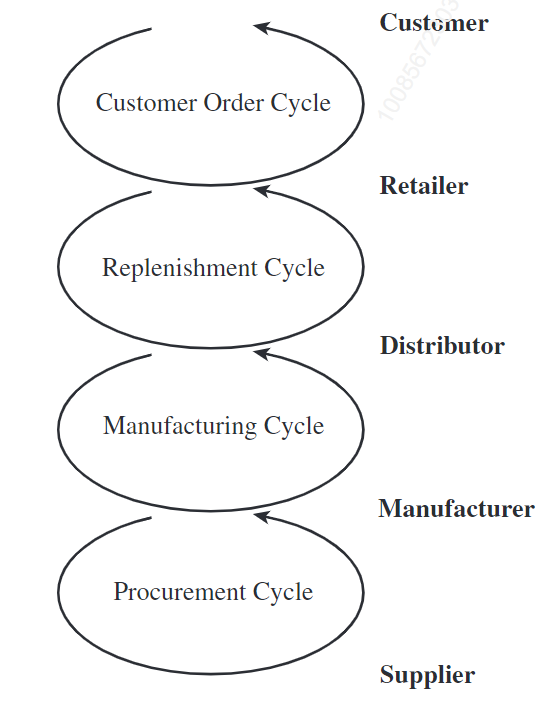During the pandemic and due to the impossibility of leaving home due to the mandatory quarantine orders issued in a large part of the world, many businesses went bankrupt; however, there were many others who, on the contrary, raised their sales and recorded records. This is the case of delivery companies, which had to expand their operations due to the increase in demand for home deliveries, especially food. For example, in the case of Just Eat, Glovo or Deliveroo in Spain, they each added more than 1,000 new restaurants in just three months.
Given this new environment, logistics necessary to move food from restaurants to houses had to move fast and suddenly, delivery drivers were managing themselves in bicycles, mopeds and cars.
According to a study conducted in London with a database of 40,941 meal deliveries made by 195 couriers over 3 months, it was concluded that mopeds and cars had more environmental impact in in terms of GHG emissions per tonne delivered compared to bikes (340kg of CO2e for mopeds, 716kg of CO2e for cars and 64kg of CO2e for bikes) and this numbers will continue to increase since meal deliveries are forecasting to continue increasing.
But, how to understand those numbers? Firstly, it is important to know that GHG is the acronym for Greenhouse gases, which are gases that trap the heat in the earth’s atmosphere. One of those gases is CO2, the one measured by the study shows that in a ton of gases emitted by mopeds, 34% is made up of CO2. The same way for cars, which make 71.6% and bikes, 6,4%.
Since there is increase in the food delivery industry and the numbers shown are significant, there is a need for policy makers to promote the use of electric vehicles in this sector to reduce CO2 and look froward to maintain a sustainable delivery market.
Universitat Oberta de Catalunya (2021). La COVID-19 aumenta el ‘boom’ de la comida a domicilio y de las ‘dark kitchens’. https://www.uoc.edu/portal/es/news/actualitat/2021/058-crecen-dark-kitchen-covid.html#ot-pc-content
Alle, J., Piecyk, M., CherretT, T., Nabil, M., McLeod, F., Piotrowska, M., Bates, O., Betkas, T., Chelitis, K., Friday, A., Wise, S. (2019). Understanding the transport impacts of on-demand meal deliveries: A London case study. Retrieved from https://eprints.lancs.ac.uk/id/eprint/148600/1/Cities_paper_Meal_deliveries_FINAL_EDITED_full_paper.pdf

